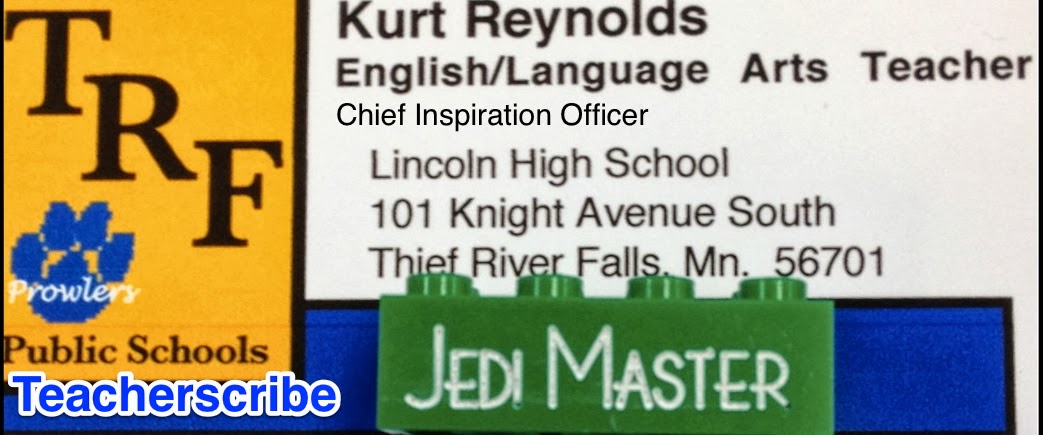Instead of reading through your syllabus, here are some options to let the students uncover the key information (as opposed to you covering it for them) . . .
1. Turn it into a QR code scavenger hunt. Use a site like Kaywa or QR code generator to (shocker here) to generate QR codes for the most important aspects of your syllabus.
For example, the first QR code could highlight your grading scale. Then include a clue to the next location (such as “This person is the definition of sunshine at LHS. Go see her and she will have your second clue). Once they find Ruth Pederson in the office, they will be given the second QR code that might go over your attendance policy. Keep them going. Then to make things really cool, at the end, have a QR code that sends kids to a quiz covering the key points of your syllabus. Once they answer them correctly, they will be given a clue where you are located. Once they find you, you can hand them a hard copy of their syllabus and a prize.
I didn’t come up with any of that by the way. I stole that from a student lesson plan last year!
2. Speaking of student lesson plans, why not create a Google Doc and drop your syllabus in there. Then grant editing permission to one student at each table. Then each table will be tasked with modifying the syllabus to meet that class’s needs. They could have input (that doesn’t mean you have to take it. Just giving them in put will work wonders) on the grade scale, attendance policy, late work policy, and so on.
3. Use a site like thing link to embed videos or images to a picture (it could be your classroom). Have students come up and hit on the links on your smart board to activate the video or image. Just make sure each video or image is related to a key aspect of your syllabus.
4. Create a video where you discuss the key points of your syllabus. Then use TED Ed to create a quiz based on the key aspects of your syllabus. Share it with students and have them watch it as their first homework assignment. TED Ed automatically will let you know which students took it, when they took it, and how well they did on the quiz.
5. Have the students take the syllabus home and go over it with their parents. Here is a golden chance to start cementing the culture in your room and building relationships with parents.
I thought of this one time when KoKo brought home a syllabus that had the class rules and then had a section for Kristie to sign as the parent. There was a clause that read something like, “If you agree with the classroom rules, sign your name below.”
She asked a simple question: What happens if I don’t agree? What recourse do I have?
That hit me like a ton of bricks, for I included the same clause in all of my syllabi!!!
What was I doing?
So include in your syllabus some open ended responses for parents:
Some options -
* What do you think is a reasonable cut off for an A? Why?
* In your opinion, what is the most important thing for your daughter or son to learn in my class?
* If your son or daughter fails to complete an assignment, how would you like me to notify you?
* If a student is caught plagiarizing, what recourse should be taken?


No comments:
Post a Comment